The Art of the Anecdote: Using Short Stories to Make a Big Impact
Anecdotes are powerful tools in the realm of storytelling. These short, often personal stories can make a significant impact, capturing the essence of a message in a relatable and memorable way. Whether you’re giving a presentation, writing an article, or engaging in a casual conversation, mastering the art of the anecdote can enhance your communication skills and leave a lasting impression on your audience. Here’s how to use short stories to make a big impact.
1. Understanding the Power of Anecdotes
Anecdotes are effective because they are:
Relatable: They often draw from everyday experiences, making them easy for audiences to connect with.
Memorable: A well-told anecdote can stick with the audience long after the conversation or presentation is over.
Engaging: Short stories can capture attention and hold interest in ways that facts and figures alone cannot.
2. Choosing the Right Anecdote
The key to a successful anecdote is relevance. Select a story that aligns with your message and resonates with your audience.
Know Your Audience: Understand who you’re speaking to and what they care about. Choose an anecdote that will be meaningful and engaging for them.
Align with Your Message: Ensure your anecdote supports and enhances the main point you’re trying to convey. It should illustrate your message, not distract from it.
3. Crafting Your Anecdote
Anecdotes should be concise yet impactful. Here’s how to craft a compelling short story:
Set the Scene: Provide just enough context to give your audience a clear picture of the situation. Keep it brief to maintain interest.
Introduce Characters: Mention the key people involved in the story. Describe them in a way that the audience can visualize and relate to them.
Build to the Climax: Lead your audience through the events, building tension or curiosity as you go. Keep the narrative focused and avoid unnecessary details.
Deliver the Punchline: End with a memorable point or insight. This could be a lesson learned, a surprising twist, or an emotional revelation that ties back to your main message.
4. Using Anecdotes in Different Contexts
Anecdotes can be adapted to various settings to enhance your communication:
Presentations: Use anecdotes to illustrate key points and keep your audience engaged. Start with a story to grab attention or conclude with one to leave a lasting impression.
Writing: Incorporate anecdotes into articles, blogs, and reports to make your content more relatable and engaging. A personal story can bring dry data or complex concepts to life.
Conversations: Share anecdotes in meetings, networking events, or social gatherings to connect with others and make your point more compelling.
5. Delivering Your Anecdote Effectively
How you tell your anecdote can be just as important as the story itself. Here are some tips for effective delivery:
Be Authentic: Share stories that are genuine and true to your experiences. Authenticity builds trust and connection with your audience.
Use Vivid Descriptions: Paint a picture with your words. Describe the sights, sounds, and emotions involved in your story to make it more immersive.
Engage with Your Audience: Make eye contact, use gestures, and modulate your voice to convey enthusiasm and keep your audience engaged.
Keep it Brief: Aim to tell your anecdote in a minute or two. The brevity will keep your audience’s attention and ensure your story doesn’t overshadow your main message.
6. Practicing Your Anecdotes
Like any skill, the art of the anecdote improves with practice.
Rehearse: Practice telling your stories aloud, refining your delivery and timing. Recording yourself can help you identify areas for improvement.
Seek Feedback: Share your anecdotes with friends, family, or colleagues and ask for their feedback. Adjust your stories based on their reactions.
Learn from Others: Pay attention to effective storytellers and observe how they use anecdotes. Incorporate their techniques into your own storytelling.
7. The Impact of a Well-Told Anecdote
Anecdotes can have a profound impact on your audience. They can:
Humanize Your Message: Personal stories make abstract concepts or data more tangible and relatable.
Evoke Emotion: Anecdotes can elicit empathy, laughter, or surprise, making your message more memorable.
Simplify Complex Ideas: A well-chosen story can clarify and illustrate complex ideas, making them easier to understand and remember.
Build Connection: Sharing personal stories fosters a sense of connection and rapport with your audience, making them more receptive to your message.
Conclusion
Mastering the art of the anecdote is a valuable skill that can enhance your communication in numerous ways. By choosing relevant stories, crafting them effectively, and delivering them with authenticity and engagement, you can use short stories to make a big impact. Whether you’re aiming to educate, persuade, or entertain, a well-told anecdote can be your secret weapon, leaving a lasting impression on your audience and ensuring your message is heard and remembered.
